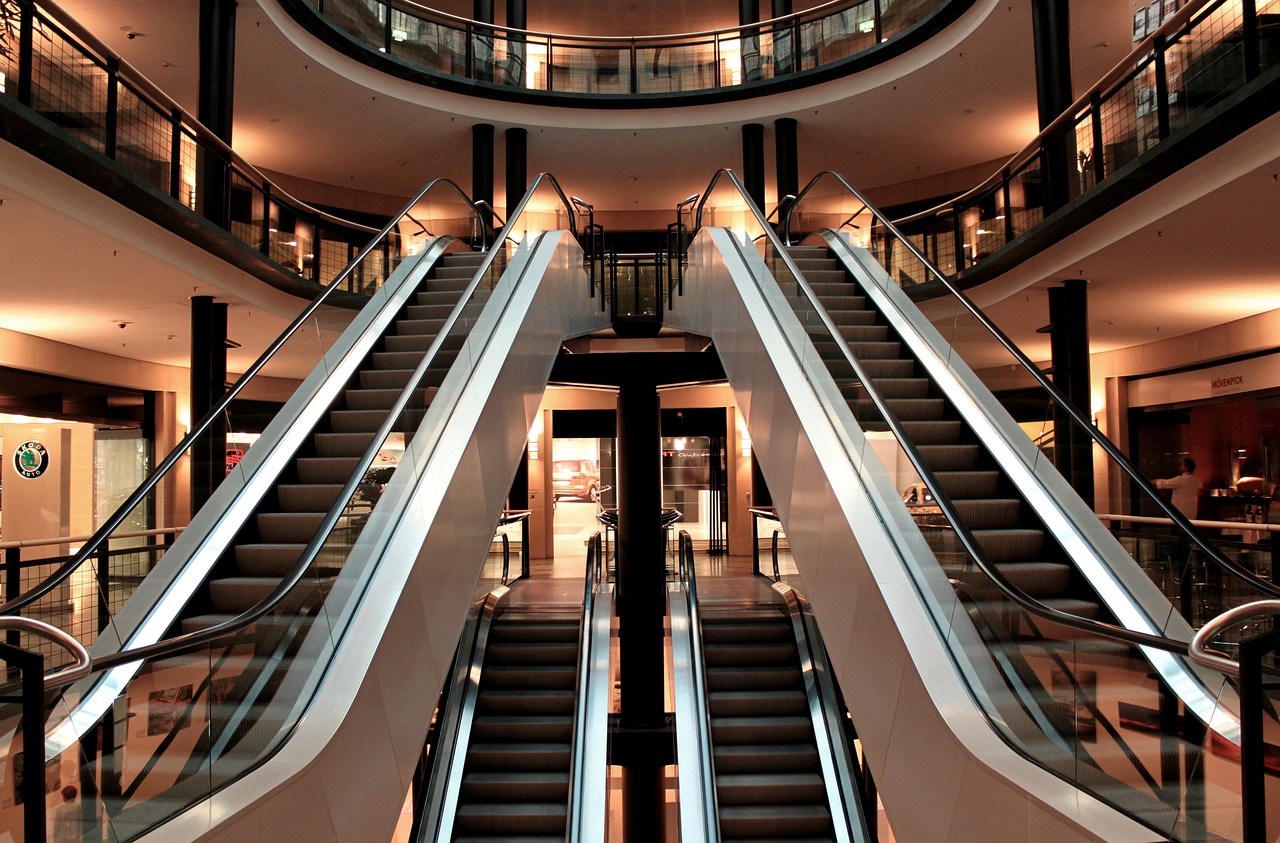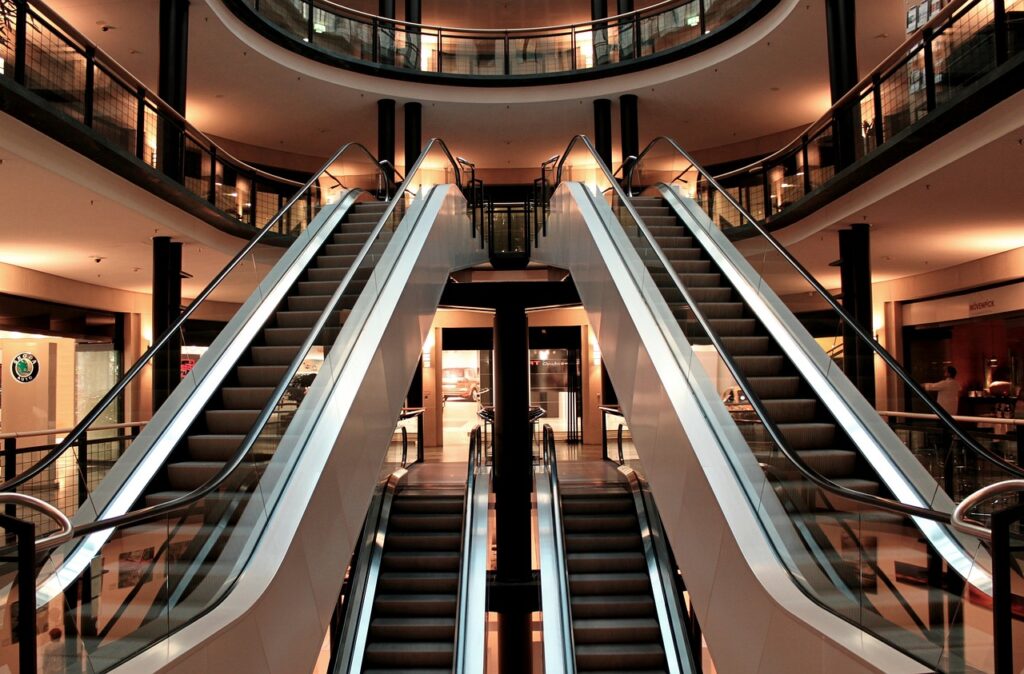
How To Incorporate Sustainable Transportation In Modern Construction
Are you looking to make your construction projects more sustainable? One key area to focus on is transportation. By incorporating sustainable transportation practices, you can reduce carbon emissions, improve air quality, and promote a healthier environment.
In this article, we will explore various strategies for integrating sustainable transportation into modern construction.
First and foremost, consider implementing electric vehicles (EVs) into your construction projects. With advancements in technology, EVs are becoming more accessible and affordable. By using electric vehicles for transportation on and off the construction site, you can significantly reduce greenhouse gas emissions.
Another important aspect to consider is designing efficient transportation systems. By optimizing routes and using GPS technology, you can minimize travel time and fuel consumption. This not only saves costs but also reduces environmental impact.
Promoting public transportation options is another effective way to incorporate sustainability into your construction projects. Encouraging workers to use buses, trains, or carpools can significantly reduce the number of vehicles on the road, easing traffic congestion and decreasing emissions.
Furthermore, incorporating bike and pedestrian infrastructure is crucial for sustainable transportation. Providing designated bike lanes, sidewalks, and bike racks at construction sites encourages alternative modes of transportation and reduces reliance on cars.
Lastly, utilizing green logistics and supply chain management practices can further enhance sustainability in construction. By choosing eco-friendly materials, optimizing delivery routes, and minimizing waste, you can significantly reduce the carbon footprint of your construction projects.
By implementing these strategies, you can make a positive impact on the environment while also improving the efficiency and sustainability of your construction projects. So, let’s dive in and explore how you can incorporate sustainable transportation into modern construction.
Implementing Electric Vehicles in Construction Projects
Let’s explore how we can seamlessly integrate electric vehicles into our construction projects, paving the way for a greener and more sustainable future.
By incorporating electric vehicles into our construction sites, we can significantly reduce our carbon footprint and contribute to a cleaner environment. Electric vehicles produce zero emissions, making them an ideal choice for transportation within construction sites. They also offer quieter operation, reducing noise pollution and creating a more comfortable working environment.
In addition, electric vehicles have lower maintenance costs compared to traditional vehicles, saving money in the long run. By investing in charging infrastructure and providing incentives for the use of electric vehicles, we can encourage their adoption and contribute to a more sustainable construction industry.
Let’s take the first step towards a cleaner and greener future by embracing electric vehicles in our construction projects.
Designing Efficient Transportation Systems
To create efficient transportation systems, architects and urban planners must prioritize designing infrastructure that minimizes congestion and maximizes accessibility. One key aspect of designing efficient transportation systems is incorporating multimodal options. This means providing a variety of transportation modes such as walking, cycling, public transit, and electric vehicles. By integrating these options, individuals have the flexibility to choose the most suitable mode for their needs, reducing the overall demand on the transportation network.
Additionally, incorporating smart technology can further enhance efficiency. Intelligent traffic management systems can optimize traffic flow and reduce congestion, while real-time information and mobile apps can help individuals make informed decisions about their travel routes. By considering these factors during the design phase, sustainable transportation can be seamlessly integrated into modern construction projects.
Promoting Public Transportation Options
Maximize your commuting options by taking advantage of the extensive network of public transportation available in your city. Public transportation is a sustainable and efficient way to get around, reducing traffic congestion and carbon emissions. By promoting public transportation options, we can encourage more people to leave their cars at home and use buses, trains, and trams instead.
Many cities now offer comprehensive public transportation systems that include multiple modes of transportation, such as buses, subways, and light rail. These systems are designed to connect different parts of the city, making it easy and convenient to travel from one place to another.
Additionally, public transportation is often affordable and cost-effective, saving you money on fuel and parking fees. So, why not make the switch and contribute to a greener and more sustainable future?
Incorporating Bike and Pedestrian Infrastructure
Enhance your daily commute and explore your city by utilizing the extensive bike and pedestrian infrastructure available to you. Incorporating bike lanes and pedestrian-friendly pathways in modern construction is a key aspect of sustainable transportation.
By providing safe and convenient options for cyclists and pedestrians, cities can reduce congestion, improve air quality, and promote a healthier lifestyle.
When planning new developments, consider incorporating dedicated bike lanes that are separated from vehicular traffic. This encourages more people to choose cycling as a mode of transportation, reducing the reliance on cars. Additionally, provide ample bike parking facilities to accommodate the growing number of cyclists.
Creating pedestrian-friendly pathways is equally important. Sidewalks should be wide, well-maintained, and accessible for everyone, including those with disabilities. Install proper lighting and signage to ensure safety, especially during nighttime.
By incorporating bike and pedestrian infrastructure, we can make our cities more sustainable, enjoyable, and accessible for all. So why not take advantage of these options and start exploring your city in a greener and healthier way?
Utilizing Green Logistics and Supply Chain Management
By utilizing green logistics and supply chain management, we can revolutionize the way goods are transported and inspire a sense of hope for a cleaner and more efficient future.
Green logistics focuses on reducing the environmental impact of transportation by minimizing carbon emissions, optimizing routes, and promoting the use of alternative fuels.
Supply chain management plays a crucial role in ensuring that sustainable practices are implemented throughout the entire process, from sourcing raw materials to delivering the final product.
Companies can achieve this by partnering with eco-friendly transportation providers, implementing efficient warehouse management systems, and embracing technologies such as GPS tracking and data analytics.
By incorporating green logistics and supply chain management into modern construction, we can significantly reduce our carbon footprint and create a more sustainable transportation system for future generations.
Conclusion
So there you have it, incorporating sustainable transportation in modern construction is not only feasible but essential for a greener future. By implementing electric vehicles and designing efficient transportation systems, we can greatly reduce our carbon footprint and improve overall sustainability.

Promoting public transportation options and incorporating bike and pedestrian infrastructure are also important steps in achieving sustainable transportation. These options provide alternatives to driving and help reduce traffic congestion and air pollution.
In addition, utilizing green logistics and supply chain management can further contribute to sustainable transportation in construction. By optimizing transportation routes, reducing waste, and using eco-friendly materials, we can minimize the environmental impact of construction projects.
So why wait? Start incorporating these practices in your construction projects today and be a part of the solution for a more environmentally-friendly tomorrow.

Comments (0)